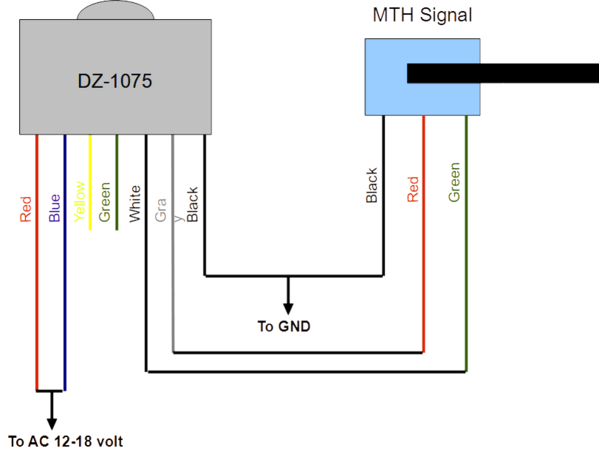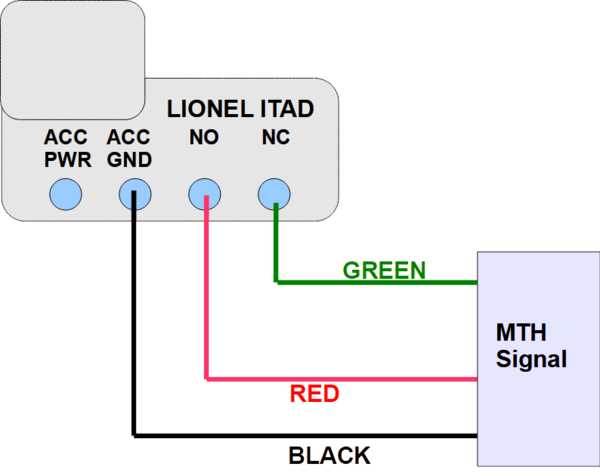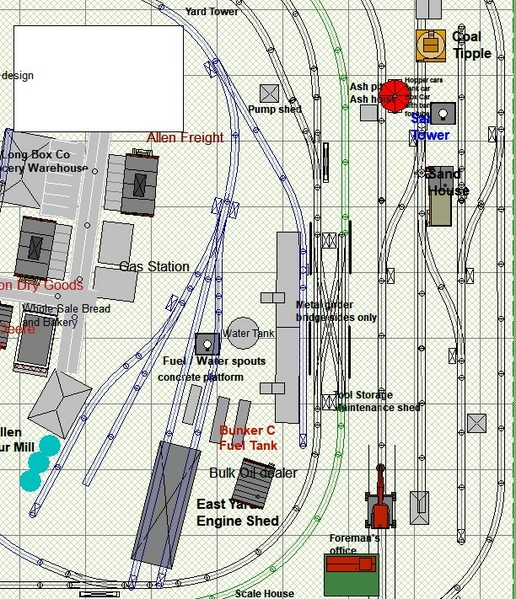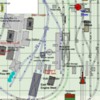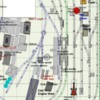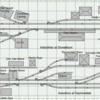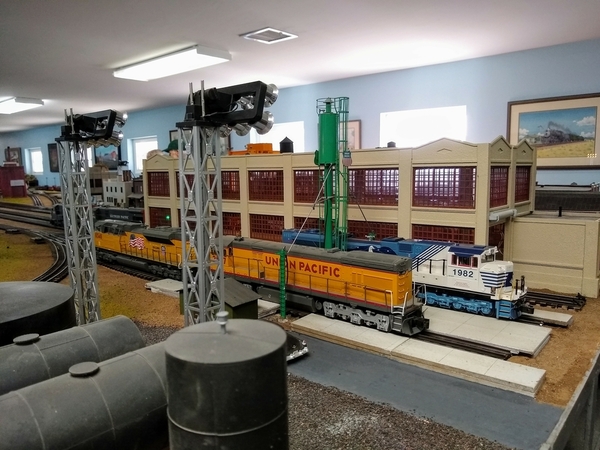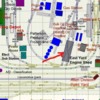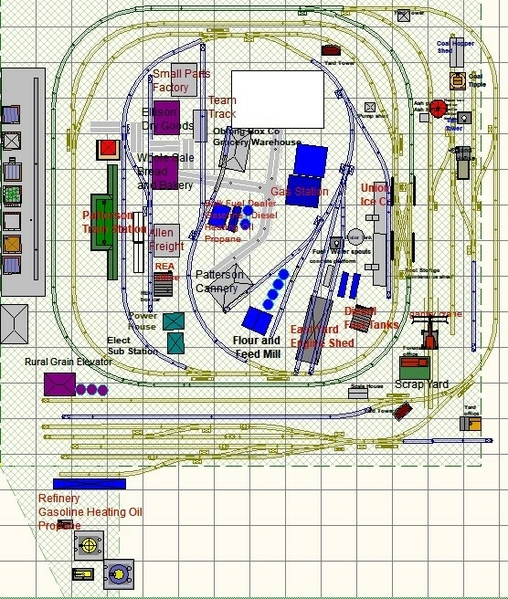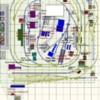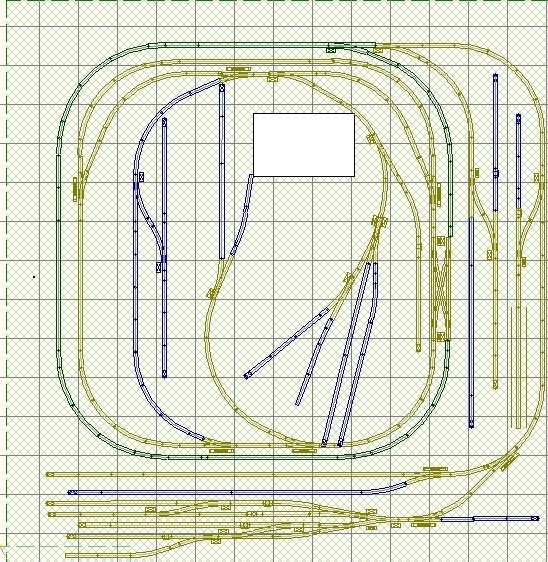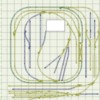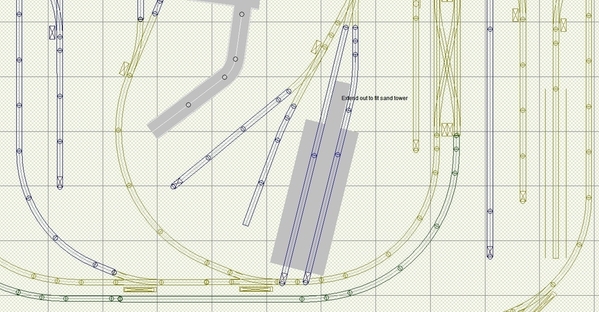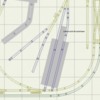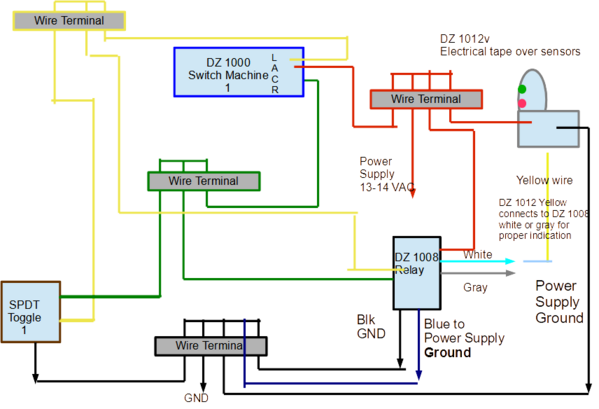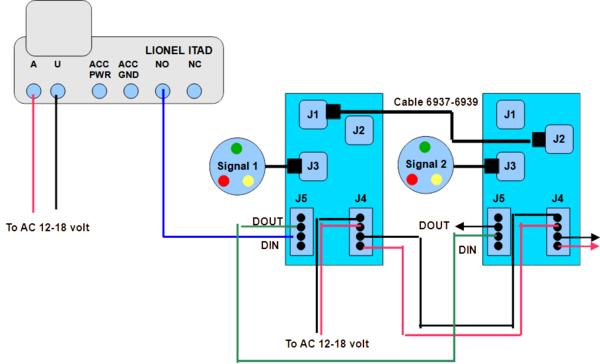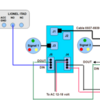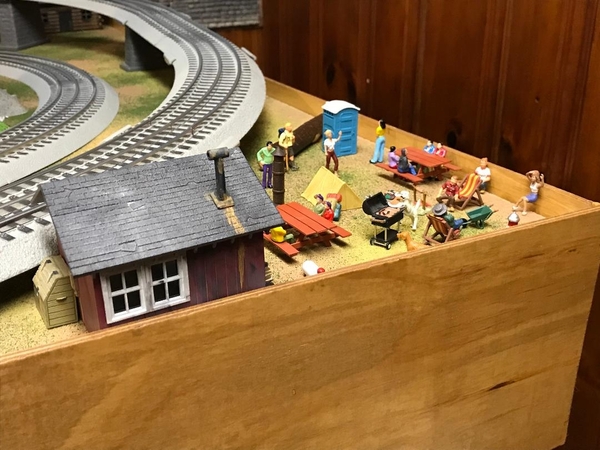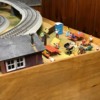I had posted the above in the wrong forum post so copied it and pasted into this forum post. Apparently that did not work out to well. I will re-post below and delete the other one
It has been a while since I posted progress on the railroad. I was laying ballast but had to stop when the brown roofing granules ran out. It has been about a month and so far the roofing company has seen no granules. I did start laying gray ballast on the main lines (got a whole bucket from a friend) but as usual got bored so decided to try scenery.
I am using brown ballast in the yards and gray on the main lines. Hopefully this will work out since my knees hurt.
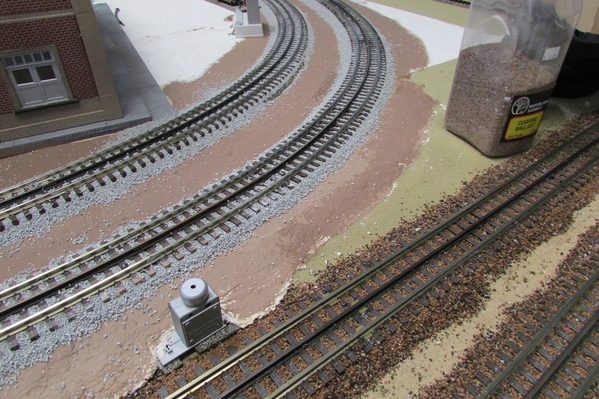
When I decided to take a break from ballast I started scenery on the edge of the railroad board (after installing facia). I have never done this before so all this was new to me. I have been reading books and articles plus viewing YouTube so came up with a recipe using mostly Woodland Scenics products. I had a WS sand mat to start off with in most of the places. In the one corner I built up a small hill with brown paper, plaster cloth and Sculptamold then painted it a dark tan.
The scenery recipe follows:
Fine Turf:
Little bit Soil
Lots of Green Blend
Little bit Yellow
Little bit Green Blend over Yellow
Coarse Turf:
Patch work not total coverage
Dark to Light
Under Brush:
Use Scenic glue
Put in clumps
Dark to light – dark on half of glue lines – light on other half
Highlight with fine turf – some green – some yellow
Bushes:
Put glue in other areas
Dark to light
Tone down with fine turf
Foliage Clusters:
Use Scenic glue
Peel off a clump and find a place by itself
Use just a little
Tone down with fine turf
Foliage:
Comes in a sheet
Pick off a clump and stretch it out a lot
Drop on bush
Tone down with fine turf
Lichen:
Spread out a littler bit
Place on top of bushes
Tone down with fine turf
Some photos are below. It looked ok but I kept having the feeling it was not 'real' enough.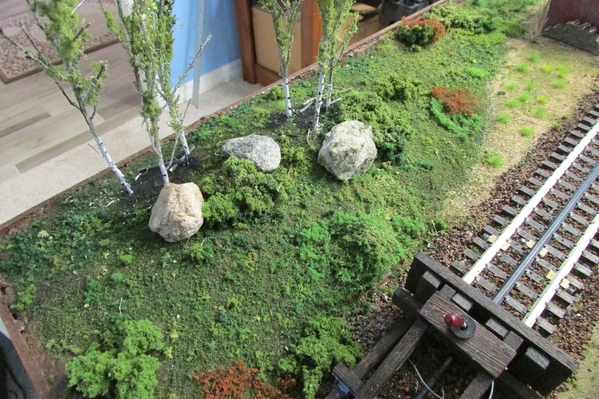
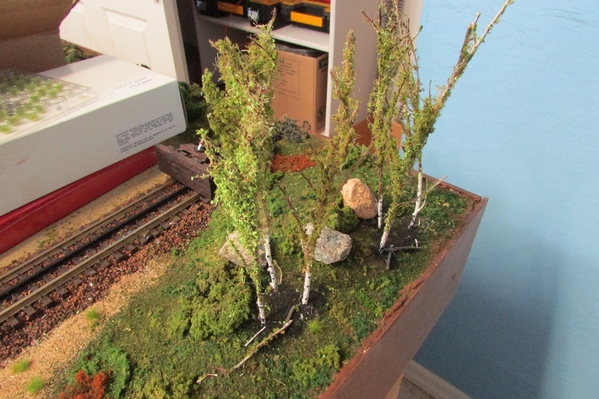
The trees above are Aspens - Julie's Organic Aspens - Anderson Model kits - www.modelrailroadkit.com.
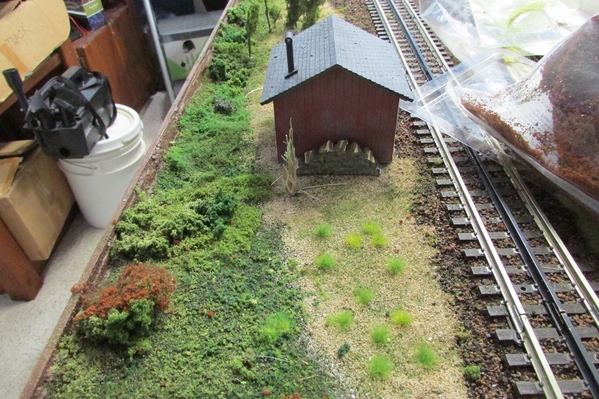
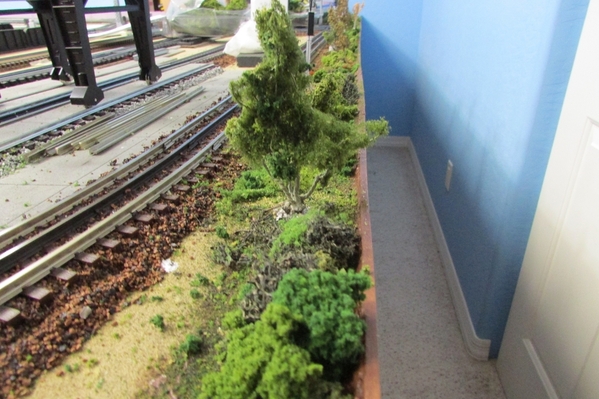
The short 'tree' is WS fine leaf foliage
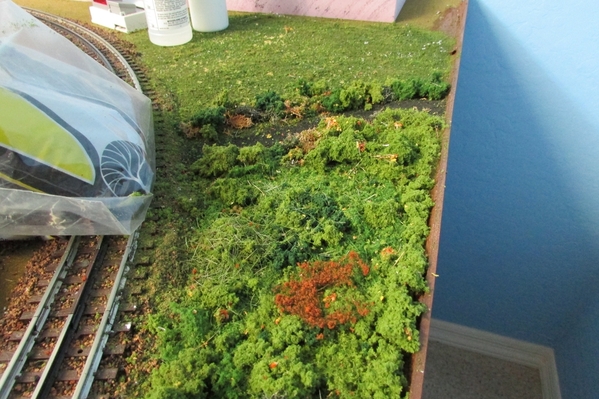
One night watching YouTube I discovered the joys of Noch leaves. I saw a video where Kathy Millat made low bushes starting with polyfiber, then another one by someone else who made taller bushes using sisal rope. I gave both a try today. without a doubt Noch leaves are the secret sauce.
Millat - Low Bushes
Spread out Woodland Scenics Poly Fiber or Foliage on double sided tape on brown paper– push up a little
( I had some purple Sil-for I used so I painted it med green)
Spray scenic cement
Add some fine ground foam
Spray scenic cement
Add some more fine ground foam
Spray scenic cement
Add leaves
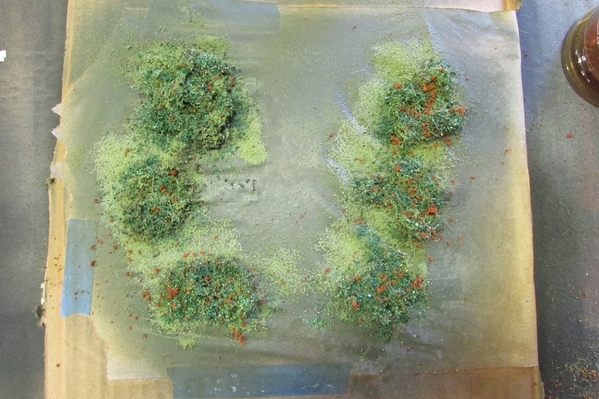
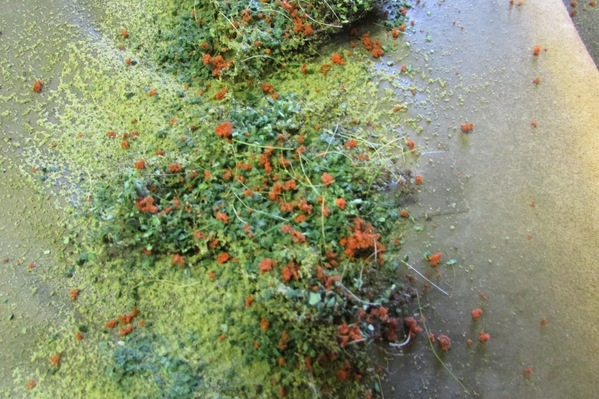
I will let this stuff dry overnight then place it on top of some WS foliage and see how it goes. The purple stuff is actually the Sil-for left overs on the bench after stretching out sections of the stuff. I simply picked the leftovers up and sprinkled them over the bushes.
The sisal rope bushes -
Hemp or sisal rope
Spread out fibers on end of rope
Cut fibers into shape you want
Add white glue to rope ¼ inch below spread fibers
Cut
Make samples with different lengths
Paint dark tan
Sprinkle on 10-12 mm static grass while paint is wet
Paint dark tan
Sprinkle on fine ground foam while paint is wet
Spray scenic cement
Sprinkle on leaves
Spray scenic cement
Sprinkle on highlights – fine ground foam (did not do this as yet)
Cut bottom off and glue in place
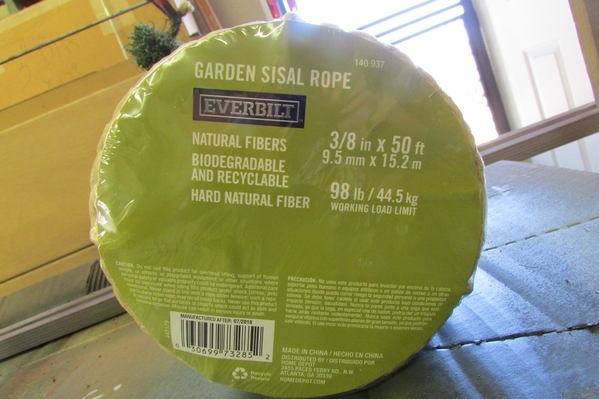
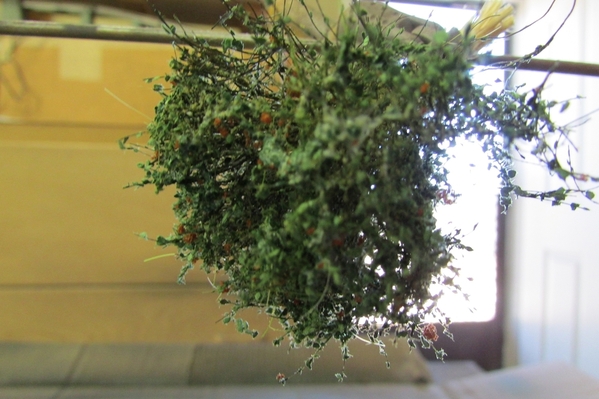
This stuff is looking more real to me






